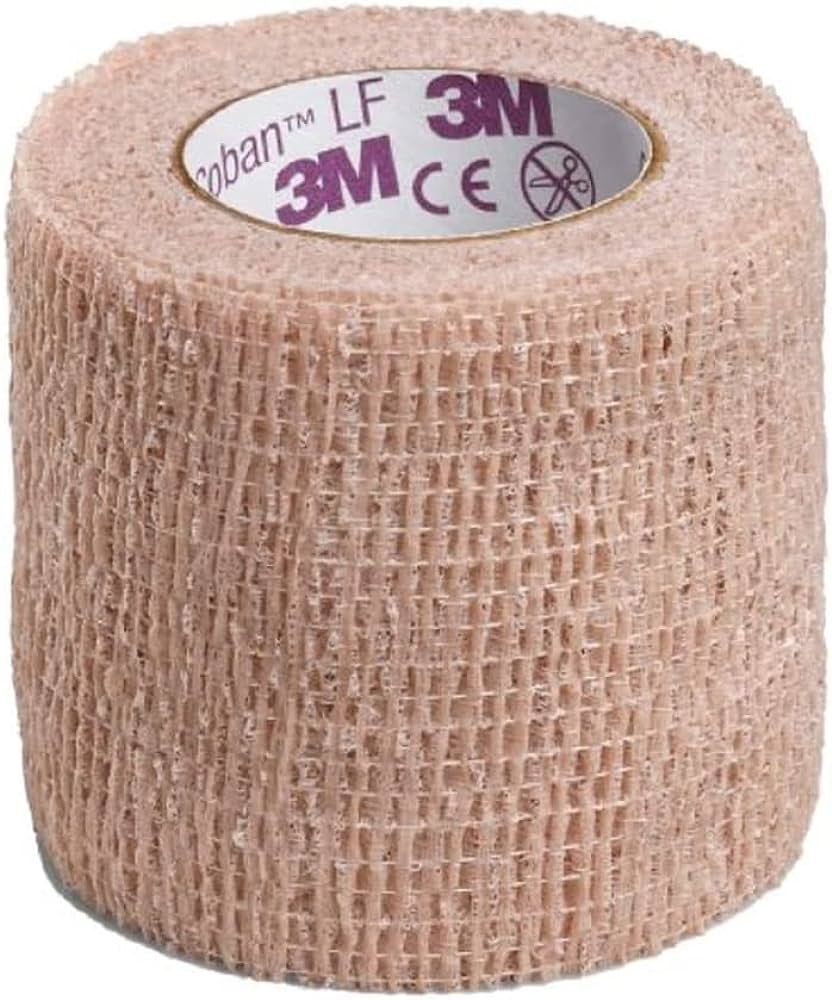Injury prevention is a universal concern across various aspects of life, from sports to the workplace, and even within the context of everyday living. Coban wrap, with its unique elastic and self-adhesive properties, has found diverse applications in different settings. In this article, we will explore the role of Coban wrap in injury prevention from the perspectives of sports coaches, occupational health experts, elderly care professionals, and parents.

Sports Coach Perspective: Preventing Common Sports Injuries
Sports coaches understand the importance of keeping their athletes injury-free to maintain peak performance. Coban wrap plays a crucial role in this endeavor. Coaches often utilize Coban wrap to provide joint support and stability to areas prone to injury, such as ankles, wrists, and knees. By offering compression without restricting movement, Coban wrap aids in preventing common sports injuries like sprains and strains. Its non-slip grip ensures that athletes can focus on their game without worrying about readjusting their wraps, enhancing their confidence and performance on the field.
Occupational Health Perspective: Protecting Against Workplace Injuries
In workplaces where physical demands are high, preventing injuries is paramount. Occupational health experts recognize the potential of Coban wrap to protect against workplace injuries. Jobs that involve repetitive movements or strain on specific joints can benefit from Coban wrap’s supportive properties. Workers can apply Coban wrap to areas like wrists, elbows, or knees to provide extra stability and reduce the risk of overuse injuries. This proactive approach not only safeguards employees’ well-being but also contributes to improved productivity and reduced absenteeism.
Elderly Care Perspective: Fall Prevention and Stability
For the elderly, maintaining balance and preventing falls is a significant concern. Elderly care professionals appreciate the benefits of Coban wrap in this context. Coban wrap can be used to create secure and adjustable supports around joints, offering stability to seniors who may have weakened muscles or compromised balance. By wrapping around ankles or knees, Coban wrap helps reduce the risk of falls and associated injuries. This approach empowers seniors to maintain their independence and enjoy a higher quality of life.
Parental Perspective: Childproofing the Home with Coban Wrap
Parents are constantly seeking ways to ensure the safety of their children, particularly in the home environment. Coban wrap can serve as a versatile tool for childproofing. By securing sharp edges, corners, or even cabinet doors with Coban wrap, parents can create protective barriers that are easily adjustable. This strategy not only prevents potential injuries but also offers peace of mind to parents. Additionally, Coban wrap can be used to stabilize furniture or devices that might otherwise topple, further reducing the risk of accidents.
In conclusion, the multifaceted applications of Coban wrap in injury prevention are evident from the perspectives of sports coaches, occupational health experts, elderly care professionals, and parents. Its elastic, self-adhesive nature provides a wide range of benefits that can be adapted to various contexts. Whether it’s ensuring athletes’ peak performance, safeguarding workers against overuse injuries, preventing falls in the elderly population, or childproofing homes, Coban wrap offers practical solutions for injury prevention.
However, it’s essential to emphasize that while Coban wrap can be a valuable tool in these scenarios, it’s not a substitute for professional advice or intervention. Each situation requires a tailored approach, and seeking guidance from medical professionals, coaches, or relevant experts remains crucial. By understanding the unique advantages Coban wrap brings to injury prevention and applying it in conjunction with best practices, individuals and professionals can contribute to safer, healthier, and more enjoyable environments for everyone.